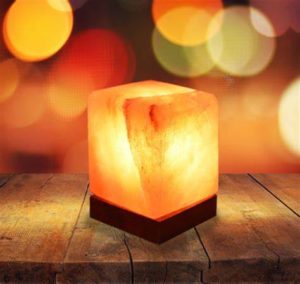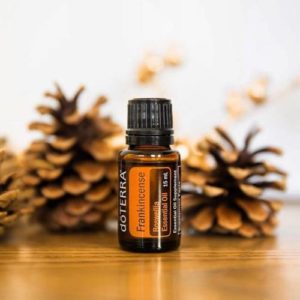Himalayan Salt Lamps
By: Dr. Alyssa Musgrove
Himalayan salt lamps have grown in popularity in recent years, but you might have wondered what exactly is the purpose of these large chunks of glowing pink rock?
Salt lamps, also known as rock salt lamps, are made from large chunks of Himalayan salt that have been hollowed out. A light bulb is then placed inside the salt to emit light and heat. Deep mines in the western edge of the Himalayan Mountains are the only source of true pink Himalayan salt. Oftentimes, these lamps are purchased for the pleasant glow they emit, but they actually provide numerous health benefits, as well.
First and foremost, salt lamps can help remove contaminants and allergens from the air, which is helpful for those with seasonal allergies and asthma. While salt lamps may not completely “cure” these conditions, they can help to significantly reduce symptoms. The lamp also acts as a deodorizer, leaving you with fresher air to breathe inside.
How exactly does a salt lamp remove air contaminants? Water vapor in the air carries indoor air pollutants like mold, dust, pollen, cigarette smoke, pet dander and other allergens. Salt is hygroscopic, meaning it attracts water molecules to itself. Once the water vapor comes in contact with the salt lamp, pollutants remain trapped in the salt. Since the salt lamp is heated, the salt dries out and is able to continue the cycle of attracting water vapor and pollutants and releasing clean water vapor back into the air.
Salt lamps can also help reduce electromagnetic field radiation (EMF). These days, many things around us release EMFs in the form of unhealthy positive ions, such as cell phones, computers and televisions. EMFs may be invisible to the naked eye but constant exposure is believed to increase stress and inflammation in the body, while causing side effects like fatigue and a weakened immune system. There have been numerous studies on the toxic effects of EMFs, and scientists have concluded “chronic exposure to low-level radiation [from cell phones, for example] can cause dementia, Alzheimer’s, heart disease and a variety of cancers.”
One way to neutralize electromagnetic field radiation is to increase your exposure to negative ions. Salt lamps are natural negative ionizers. When the gentle heat from the lamp warms the salt crystal, the salt emits a negative electrical charge, helping to counter the harmful positive ions from EMF radiation.
Himalayan salt lamps have been shown to help reduce anxiety symptoms. The warm, pinkish glow of salt lamps is calming and brings a happy presence into a room. The negative ions released by salt lamps are also believed to increase serotonin levels in the brain, boosting mood, increasing energy, and helping to relieve stress and depression. Many people find having a salt lamp in their bedroom produces a calming atmosphere that encourages sleep and focus.
Salt lamps can often be found at health food stores, and stores like Homegoods; Bed, Bath & Beyond; Whole Foods and Amazon. When purchasing a salt lamp, be sure to take into consideration the size of room you are planning to use the lamp in. To effectively cleanse the air of a space, you need one pound of salt rock for every 16 square feet. You may need to use multiple salt lamps in larger, open rooms.
Keep salt lamps away from household moisture like showers, dishwashers, washing machines or window seals, because prolonged exposure to high humidity will cause the salt to melt. Always practice proper safety as well, keeping your lamp in a place where a child cannot pull or knock it down — salt lamps tend to be heavy! Make sure your light bulb is not too strong, which will cause the salt lamp to overheat. A night light sized bulb works just fine. You can check the heat of your lamp by touching the salt. The lamp should only be turned on while you are in the room or the house.
So, choose a room where you spend the most time, whether that is your bedroom, living room, kitchen, or home office, and try using a salt lamp. Getting started is as easy as just plugging it in. Not only do salt lamps make a beautiful addition to your home or office, your health may enjoy a boost, as well.
Pathways to Healing specializes in holistic chiropractic care. Dr. Alyssa Musgrove draws on a variety of techniques, including chiropractic, kinesiology, nutrition, food allergy testing and lifestyle counseling to assist clients in achieving optimal health and wellness in one setting. Pathways to Healing is located at 1022 Founders Row, Lake Oconee Village, Greensboro. The office can be reached at 706-454-2040.


